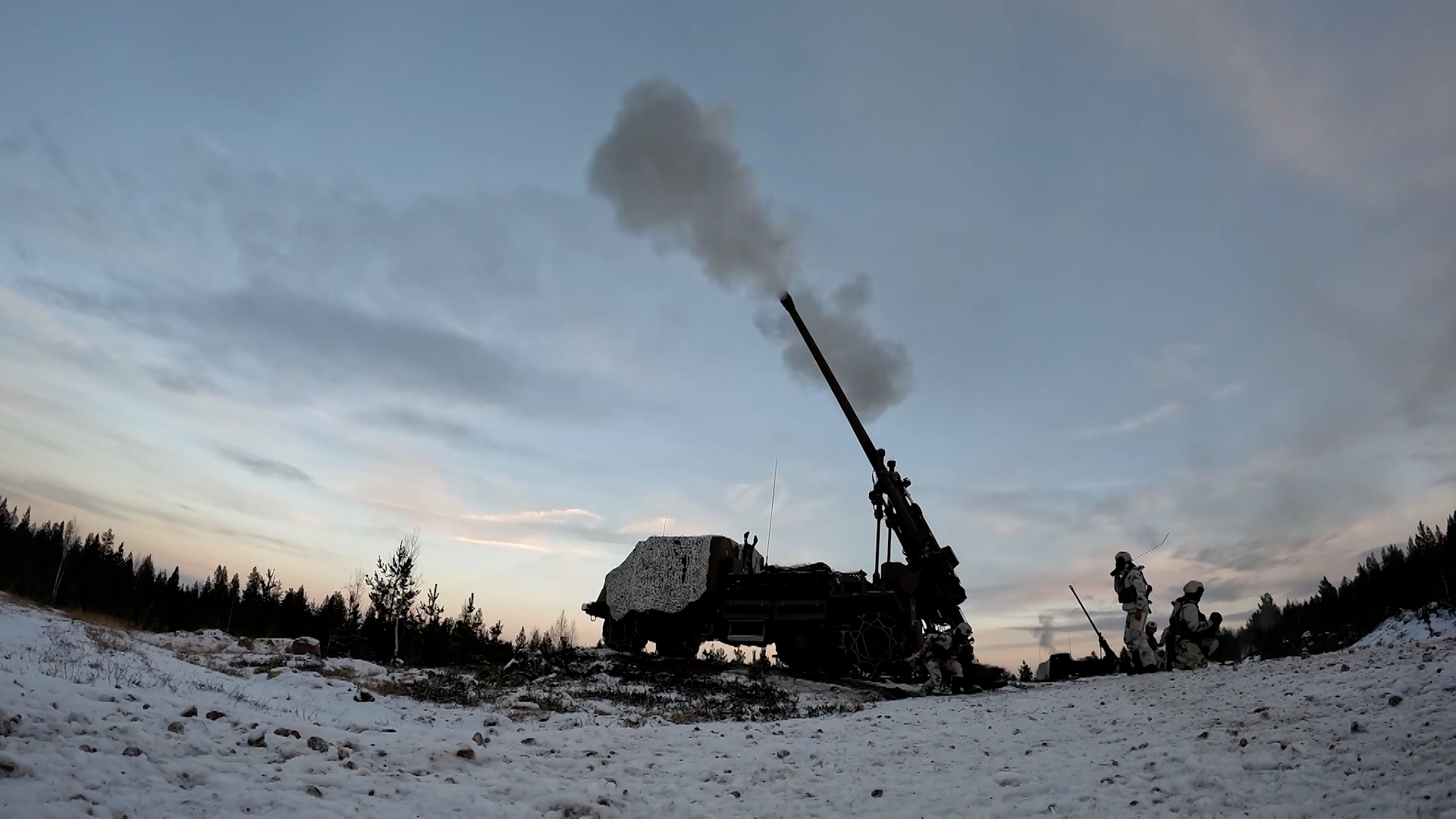Explosive news: New process makes UK ammo production faster and safer
For more than 100 years British ammunition has relied on two key chemicals to launch its rounds: nitroglycerine and nitrocellulose.
But while effective, both are dangerous to manufacture, difficult to transport and reliant on supply chains that are increasingly under strain.
Now, BAE Systems is pushing for a fundamental change - not in what explodes on impact, but in how it's made and what propels it.
Continuous production, made in Britain
Ammunition consists of two main parts: the high explosive, such as RDX, which causes the damage, and the propellant, which pushes the round out of the barrel.
BAE says the high explosive will remain RDX, but instead of importing it, the company is working to manufacture it in the UK using a technique known as continuous flow production.
Steve Cardew, BAE's business development director, explained: "So conventionally high explosive is manufactured in large scale, very significant batches, which means you need to build a big factory.
"You need a very large safety area around the facility. And you make ingredients kind of in one go, then you test and then you repeat.
"What we've been able to do is to change the way that we do that. So we now do that on a continuous process through a smaller facility which runs continuously. The output of the explosive that we get is better. And it's more cost-competitive."
Moving away from legacy propellants
It's not just how ammunition is made that's changing - it's also what goes into it.
BAE is phasing out nitroglycerine and nitrocellulose from its propellant mix, opting instead for a simpler and more stable formulation that still uses RDX, but removes more volatile materials from the process.
"What we are looking to do is to remove those from the supply chain, and to move to a process that simply uses RDX plus a small number of ingredients, which is a much simpler supply chain," said Mr Cardew.
"It really is a way of getting the same performance in terms of output, the same cost performance in terms of output, but actually for a much simpler supply chain... using the process that's much easier to scale up."
Boosting resilience amid global pressure
The shift is designed to improve both safety and self-sufficiency.
Since the outbreak of the war in Ukraine, global supply chains for both propellants and high explosives have come under increasing pressure.
"Today we are reliant for both high explosives and propellants on overseas supply chains," Mr Cardew said. We recognise there's risk with that.
"So what we're looking to do is to use the technologies that we've developed to create much more UK reliance... which we think is absolutely critical in terms of protecting our ability to continue to manufacture ammunition for the UK Armed Forces."

Scaling up across the UK
While the new technologies are still being scaled up, BAE is also ramping up production the traditional way, by expanding factories and automating processes.
In South Wales, production of 155mm artillery shells is increasing by a factor of 16.
"I mean, it's a really exciting facility," said Mr Cardew. "Highly automated. It's going to be able to produce high volumes of ammunition for our UK troops."
Deliveries from the upgraded plant are expected to begin this summer.
The aim is not just to increase output, but to make the UK far less dependent on overseas suppliers - while also reinforcing its industrial base.









